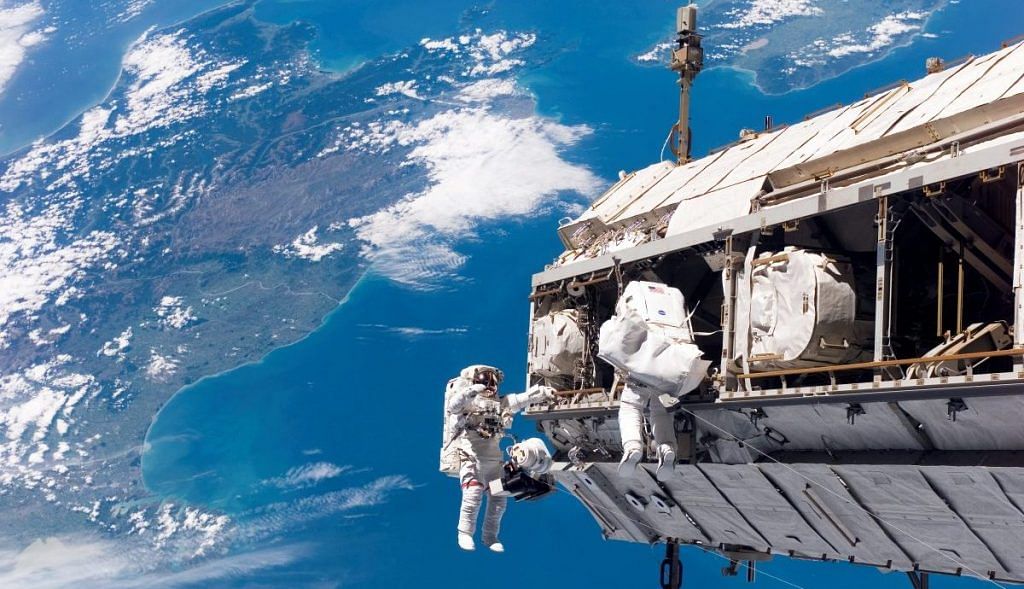The space agency recently tested a crew bailout system, and a prototype was just developed for the Indian ‘vyomanaut’.
Bengaluru: Prime Minister Narendra Modi announced in his Independence Day speech Wednesday that ISRO had plans to send a human into space by 2022.
“India has always advanced in space science but we have decided that by 2022 when India completes 75 years of Independence, or before that, a son or daughter of India will go to space with a Tricolour in their hands,” he said.
The short time frame came as a surprise to most professionals in the Indian space industry.
Human spaceflight, so far achieved by only the US, Russia and China, is every space agency’s dream.
Also read: Should India lead the way and set up a colony on the moon or focus on Mars instead?
For nearly a decade, discussions on it have been bouncing around in the corridors of the Indian Space Research Organisation (ISRO.) Over the past couple of years, there have been several announcements by ISRO officials about developing capabilities to send “vyomanauts” — Indian astronauts — to space.
Just last month, ISRO tested a ‘crew bailout system’, which would enable a crew inside a capsule to abort their mission and eject during an emergency. Dummies were used in this early morning test at Sriharikota.
At the 259-second mark, the crew capsule ejected from the rocket through an escape hatch, and let loose a parachute that enabled it to land safely. This test was crucial to test safety mechanisms.
A crew module was also tested in the GSLV launch of 2014.
Just two days ago, ISRO chairman K. Sivan told NDTV that several critical components were being tested for human spaceflight. Even a prototype for the first space suit has been developed — an interesting and exciting innovation in the light of how economical Mangalyaan was.
Also read: Modi’s I-Day speech: Should ISRO focus on human spaceflight or refine robotic missions?
However, he announced that the expected timeline could be over the next five to seven years. It is likely that the organisation was waiting for an official announcement from the PM, under whom the department of space falls, before announcing anything that might cause a stir.
In his speech, PM Modi used the term ‘Gaganyaan’ — or ‘craft of the skies’ — while describing the proposed spaceflight mission. This could likely end up being the unofficial name of the mission, as ‘Mangalyaan’ was for the Mars Orbiter Mission. It may also be the name of the crew capsule that will carry the vyomanauts up.
The only Indian citizen to have been in space is Wing Commander Rakesh Sharma (Retd), who went up in a Russian mission in 1984.
Also read: ISRO to launch free satellite training programme for students from developing nations
